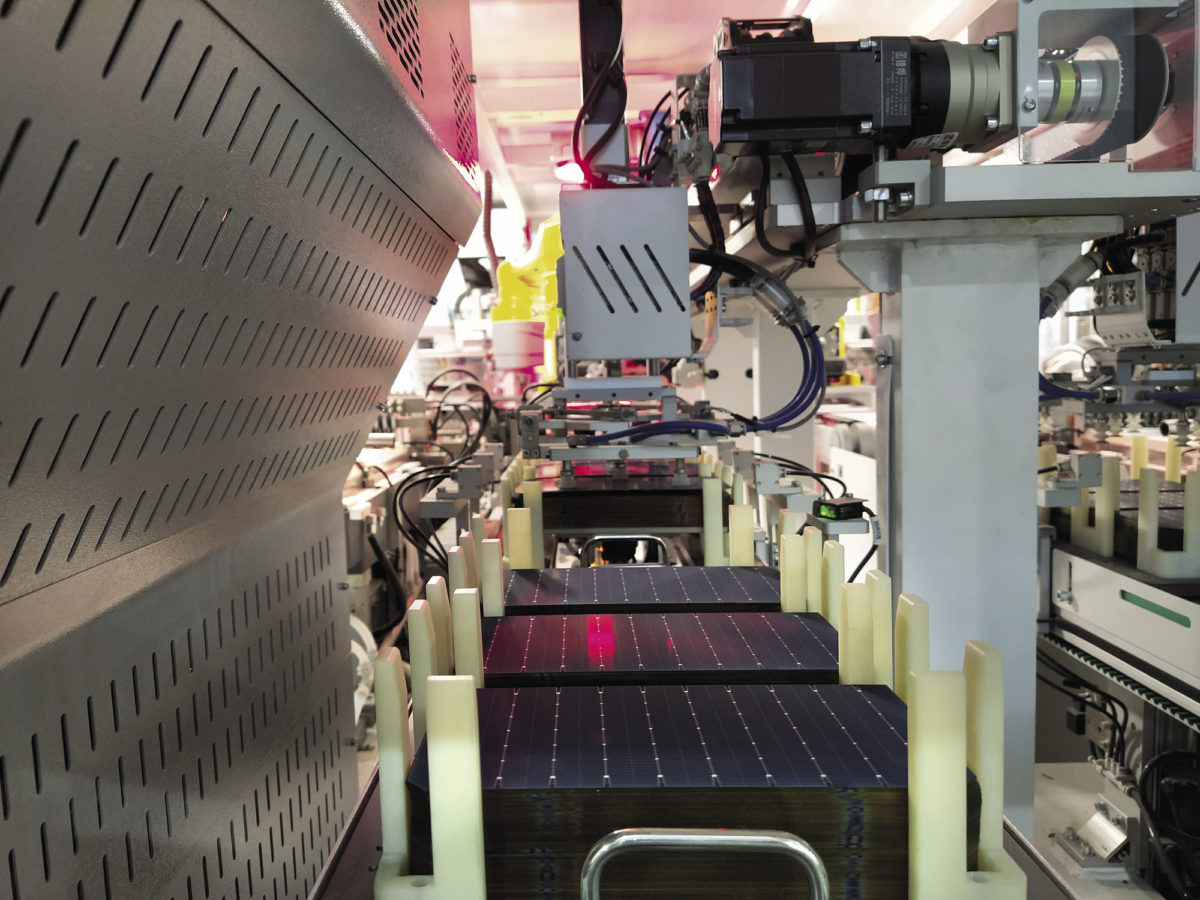“We aim to position India as a leading global supplier of renewable energy equipment,” said MNRE Secretary Bhupinder Singh Bhalla today at a CII event in New Delhi.
Bhalla said the government has made significant efforts towards building a solar manufacturing ecosystem through the production-linked incentives (PLI) Scheme and other policy measures.
Over 48 GW of new PV manufacturing capacity will be supported through the production-linked incentives (PLI) Scheme, which has a budgetary outlay of INR 24,000 crore. These capacities are coming up in different buckets of integration: poly-to-module, ingot-wafers-to-module, and cells+modules. Currently, India has a solar PV module manufacturing capacity of 28 GW and cell capacity of 6 GW per year.
Bhalla said many of the companies are not only producing the quantum allocated [under the PLI Scheme] but setting up much bigger capacities.
“Therefore, we estimate that by 2026, after the PLI Scheme is fully implemented and other manufacturing capacities also come up, we should be in a position to have 100 GW of solar PV module manufacturing capacity,” he added.
India targets 500 GW of non-fossil fuel-based electricity generation capacity by 2030, including around 300 GW from solar. With 71.6 GW of solar capacity installed as of Aug. 31, 2023, the nation will need to add 30-40 GW per year of solar power capacity to reach the 2030 target.
[Even after serving this domestic demand for PV modules], India will still have a substantial chunk of [PV panel] capacity available for exports, said Bhalla.
This content is protected by copyright and may not be reused. If you want to cooperate with us and would like to reuse some of our content, please contact: editors@pv-magazine.com.









By submitting this form you agree to pv magazine using your data for the purposes of publishing your comment.
Your personal data will only be disclosed or otherwise transmitted to third parties for the purposes of spam filtering or if this is necessary for technical maintenance of the website. Any other transfer to third parties will not take place unless this is justified on the basis of applicable data protection regulations or if pv magazine is legally obliged to do so.
You may revoke this consent at any time with effect for the future, in which case your personal data will be deleted immediately. Otherwise, your data will be deleted if pv magazine has processed your request or the purpose of data storage is fulfilled.
Further information on data privacy can be found in our Data Protection Policy.